 Abraham Lincoln
If given the truth, the people can be depended upon to meet any national crisis...
Abraham Lincoln
If given the truth, the people can be depended upon to meet any national crisis...
 Guildford news...
for Guildford people, brought to you by Guildford reporters - Guildford's own news service
Guildford news...
for Guildford people, brought to you by Guildford reporters - Guildford's own news service
Memories Of The Young Eric Clapton at Guildford’s Harvest Moon Club
Published on: 4 Jan, 2016
Updated on: 9 Aug, 2018
Dave Reading was an 18-year-old reporter for the Surrey Advertiser when he watched a young Eric Clapton begin to make his mark on the world of popular music. Here he recalls seeing and hearing him play at the Harvest Moon Club in Guildford nearly 50 years ago in 1966.
People who know rock guitarist Eric Clapton only from his later work may find it hard to understand why the words “Clapton is God” were sprayed on walls across the South of England in the mid-1960s.
“Clapton’s popularity is a mystery,” wrote Kieron Tyler in the Guardian in 2007. “There’s no fire, no abandon, no musical identity. Given a platform, Clapton will either send you to sleep or offend your musical sensibilities with pap.”
Even while the graffiti artists were at work, there were some who didn’t get it. Although Clapton had ambitions as a blues guitarist, there was nothing new about white men playing black men’s music. The territory had already been captured by Alexis Korner, Cyril Davies, the Rolling Stones and, of course, John Mayall.
Even so, when Mayall offered Clapton the job of guitarist with his band the Bluesbreakers in 1965, it was a decisive moment in the history of rock music.
Almost by accident, Clapton developed a technique and a sound that changed the way the electric guitar was played.
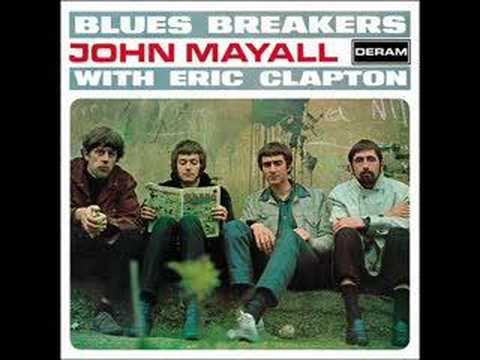
Cover of John Mayall’s Blues Breakers album with Eric Clapton pictured second from left. It has also become known as the ‘Beano’ albm as Eric is pictured reading the famous children’s comic.
For years to come, you could put on a rock or blues album, or walk into a pub where a live band was playing, and you would get a flashback to Eric Clapton in his mid-1960s period. On just a handful of songs on one album – Blues Breakers, released in July 1966 – Clapton plotted the direction followed by rock and blues guitarists all over the world.
On March 17 of that year – with Clapton (born in Ripley) two weeks away from his 21st birthday – Guildford had a foretaste of what was coming down the line.
John Mayall’s Bluesbreakers, with Clapton recently recruited on guitar, played two sets featuring their new sound at the Harvest Moon Club, which was located on an upper floor of the Rodboro Buildings in Bridge Street.
The club stayed open most of the night and was notorious for what was known by the locals as its “drug problem.” You couldn’t buy alcohol – it was coffee and soft drinks only.
Many of the young clientele found that a few tablets of Drinamyl (nicknamed purple hearts) would keep them going all night.
The windows of the club were painted over with red paint giving it a dark, atmospheric feel. It was here that the Bluesbreakers presented a preview of their forthcoming album. I know all this because I was there – a young trainee reporter working for the Surrey Advertiser, writing for the midweek edition’s quaintly titled youth page, The Go-ahead Generation.
My memories of the night are vague, but the music was stunning. My reporting skills weren’t up to much. I remember trying to interview Mayall during the break but irritating him with my naïve questions.
Back at the office in Martyr Road someone had heard Mayall had once lived in a tree-house. The singer rebuffed my dumb question about this, turning his back on me and walking away.
I didn’t have the foresight to interview Clapton. Nor did I give much thought to other members of the band, even though they too were on the edge of big things: John McVie on bass (later with Fleetwood Mac) or drummer Hughie Flint (McGuiness Flint and later the Blues Band).
Blues Breakers, recorded four months after the Guildford gig, was a reminder of what we had witnessed. Clapton had been playing the guitar for only seven or eight years, starting off with a German Hoyer costing around £2.
His passion for the instrument was born on the day he heard the intro to Buddy Holly’s That’ll be the Day. But then rock ’n’ roll became a sideshow. His introduction to the blues changed everything. It was the sheer poetry of the music that captured his imagination: the wonderful recorded performances of Big Bill Broonzy, Bessie Smith, Jimmy Reed, BB King, Buddy Guy, Muddy Waters, and Sonny Terry and Brownie McGhee. And above all, Robert Johnson.
Clapton said later: “It’s very difficult to explain the effect the first blues record I heard had on me except to say that I recognised it immediately. For me there is something primitively soothing about this music, and it went straight to my nervous system, making me feel ten feet tall.”
Clapton translated this feeling into something that music writer Dave Thompson described as “a barrage of beautiful noise.” To that small Guildford audience, it may have been obvious they were listening to something ground-breaking, but no one could have known how it all came about. It was 40 years later, when Clapton wrote his autobiography, that all was revealed.
Blues Breakers was recorded over three days at the Decca studios in West Hampstead. The band played exactly the set they did on stage. Clapton’s guitar screams out at high volume. He played through his Marshall amp exactly as he did on stage and the effect was stunning.
Dave Thompson wrote about Clapton’s arrogance: “With Mayall quietly egging him on, Clapton walked into the studio as though he owned it, and literally dictated the set-up he wanted.”
In his book, Clapton explains how he found his sound, using a combination of his Gibson Les Paul Standard guitar and amplifier to produce a rich, thick-textured sound.
“I insisted on having the mike exactly where I wanted it to be during the recording, which was not too close to my amplifier, so that I could play through it and get the same sound as I had on stage.
“The result was the sound that came to be associated with me. It had really come about accidentally, when I was trying to emulate the sharp, thin sound that Freddy King got out of his Gibson Les Paul, and I ended up with something quite different, a sound which was a lot fatter than Freddy’s.
“The Les Paul has two pickups, one at the end of the neck, giving the guitar a kind of round jazz sound, and the other next to the bridge giving you the treble, most often used for the thin, typically rock ‘n’ roll sound.
“What I would do was use the bridge pickup with all of the bass turned up, so the sound was very thick, and on the edge of distortion. I also always used amps that would overload.
“I would have the amp on full and I would have the volume on the guitar also turned up full, so everything was on full volume and overloading. I would hit a note, hold it and give it some vibrato with my fingers, until it sustained, and then the distortion would turn into feedback. It was all of these things, plus the distortion, that created what I suppose you would call ‘my sound.’”
Thompson wrote that even Mike Vernon, the producer of the album, was taken aback. He and engineer Gus Dudgeon were desperately trying to figure out how they could capture the sound of Clapton in full flight. “Feedback, leakage, distortion, Clapton didn’t care what he wrought on the hapless recording equipment,” said Thompson, “just so long as it felt right.” This was close to what the audience heard that night at the Harvest Moon.
As the first track begins, you hear a single drum beat followed by a ferocious ‘double stop’ – the term for the act of playing two notes simultaneously – sliding down the neck of the guitar. From the start, Clapton’s guitar is centre stage. And there he is in the background, too, playing a separate, distinct rhythm part. This is the opening track, All Your Love, a Chicago blues in a minor key written and recorded in 1958 by Otis Rush.
Why was this album important for rock music? In 1966, the scene was dominated by the Beatles, Rolling Stones, Kinks and Hollies. Pop music was a dazzling creative force. But in parallel, blues was causing an explosion of its own.
Soon after Blues Breakers, right through to the end of the 60s, British audiences could hear the electrifying sounds of Peter Green, Savoy Brown, Free, Aynsley Dunbar, Ten Years After, Chicken Shack and many others. The lead guitarist was suddenly the most important musician in the band, and Blues Breakers had led the way.
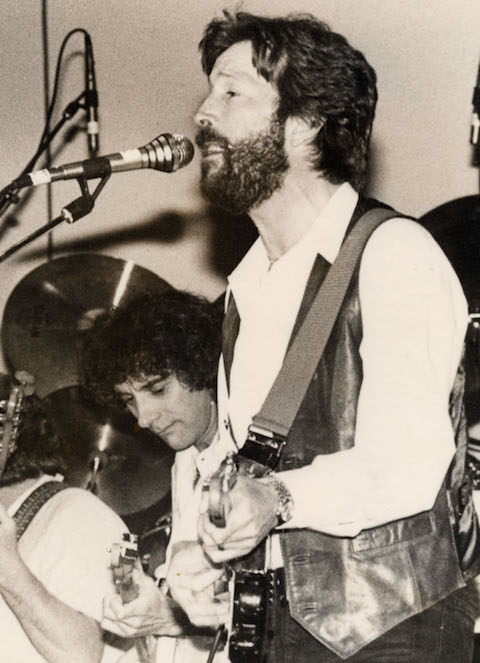
Later on in his career Eric Clapton played several times at Guidford Civic Hall. Those concerts in the early 1980s are legendary for the musicians who joined him on stage. In this photo you can see another wizard guitarist, Albert Lee.
Encyclopaedia Metallica – “the Bible of heavy metal” – asserted that heavy metal was born in 1966. Clapton had moved on from the Bluesbreakers and formed Cream. The same year Jimi Hendrix had his first hit with Hey Joe. “The elements of heavy metal were there in one form or another,” said the magazine. “It was left to the Jimi Hendrix Experience and Cream to tie them all together in one strong and distinguishable form.”
When asked if he could remember the first piece of blues music he’d ever heard, Gary Moore said in an interview with Guitarist magazine in 2004: “Yeah, I can, it was the first track on the Bluesbreakers with Clapton album: All Your Love. What a first thing to hear!”
Responses to Memories Of The Young Eric Clapton at Guildford’s Harvest Moon Club
Leave a Comment Cancel reply
Please see our comments policy. All comments are moderated and may take time to appear. Full names, or at least initial and surname, must be given.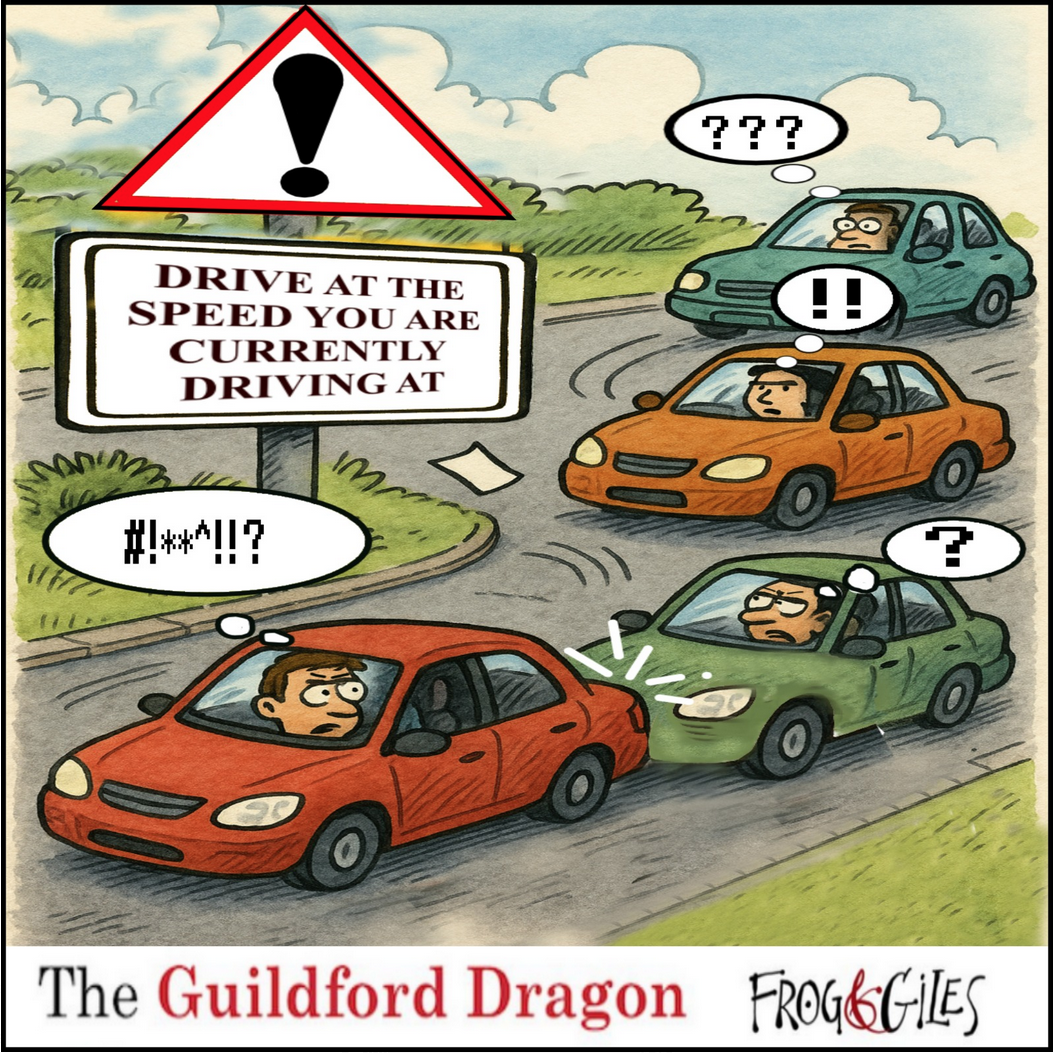
Click on cartoon for Dragon story: Public Asked for Views on SCC’s Proposal for Reduced Speed Limits
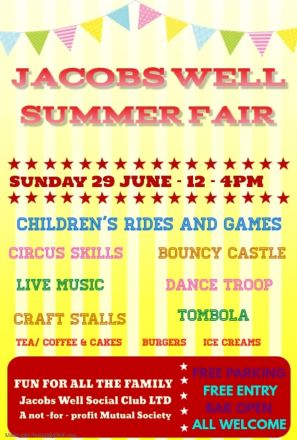


Recent Articles
- Motorcyclist Arrested After Police Chase
- Notice: GTA German Filmfest – July 2
- Letter: We Need More Yellow Boxes and Enforcement
- Notice: What’s On in July at Guildford Cathedral
- Greenfield, Greenbelt Site Deemed ‘Greybelt’ by Planning Inspector
- Letter: WBC’s CIL Recommendations Are Too Little, Too Late
- Letter: Yellow Box Fines Are Just a Money-raising Opportunity for SCC
- Drivers Caught in Yellow Box Junctions at the Dennis Roundabout Paid £81k to SCC
- Residents Hit By CIL Fees Should Be Offered Full Review, Says Overview Committee
- Plans For New Guildford Preschool Rejected On Road Safety Grounds


Recent Comments
- David Roberts on New Electric Trains Now Arriving at Guildford – 100 Years After the First One Did
- Mark Stamp on Greenfield, Greenbelt Site Deemed ‘Greybelt’ by Planning Inspector
- Simon Dickinson on Drivers Caught in Yellow Box Junctions at the Dennis Roundabout Paid £81k to SCC
- Paula Smith on Comment: What Are We To Make of the GBC Executive ‘Reshuffle’?
- Jim Allen on Drivers Caught in Yellow Box Junctions at the Dennis Roundabout Paid £81k to SCC
- Wayne Smith on Plans For New Guildford Preschool Rejected On Road Safety Grounds
Search in Site
Media Gallery
Dragon Interview: Local Artist Leaves Her Mark At One of England’s Most Historic Buildings
January 21, 2023 / No Comment / Read MoreDragon Interview: Lib Dem Planning Chair: ‘Current Policy Doesn’t Work for Local People’
January 19, 2023 / No Comment / Read MoreA3 Tunnel in Guildford ‘Necessary’ for New Homes, Says Guildford’s MP
January 10, 2023 / No Comment / Read More‘Madness’ for London Road Scheme to Go Ahead Against ‘Huge Opposition’, Says SCC Leader
January 6, 2023 / No Comment / Read MoreCouncillor’s Son Starts Campaign for More Consultation on North Street Plan
December 30, 2022 / No Comment / Read MoreCounty Council Climbs Down Over London Road Works – Further ‘Engagement’ Period Announced
December 14, 2022 / No Comment / Read MoreDragon Interview: GBC Reaction to the Government’s Expected Decision to Relax Housing Targets
December 7, 2022 / No Comment / Read MoreHow Can Our Town Centre Businesses Recover? Watch the Shop Front Debate
May 18, 2020 / No Comment / Read More





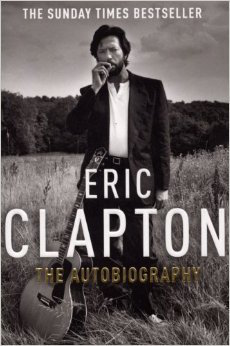



David Raison
June 26, 2017 at 8:16 pm
I used to go to the Crawdaddy to see Eric with the Yardbirds. He was still finding his way then, but John Mayall really took him forward. Listen to “Telephone Blues”, the B side of “I’m your witch doctor”. The start of a great career.
Joe Dunn
August 7, 2020 at 6:29 pm
I played at The Harvest Moon on many occasions at around the same time as Eric played there. He was outstanding.
I played bass in a band called The Rivals.
It was 1966 and 1967 and this was the music scene in Guildford at the time.
They were heady times and it was a great and vibrant venue up there on the first floor.
Andrew Few
January 20, 2025 at 9:11 pm
I’m looking for any members of the 60s group Rivals from Guildford, Surrey. They recorded at RG Jones of Morden in 1965.
I’ve been a passionate collector of UK beat music over the last 30+ years. I’ve read the biography of them from the website and already have two acetates, one OAK and the other Enidisc and the single on the Three Counties Label.
I’m looking for an original copy of their recording of People Like Us / You Talk Too Much on OAK I would offer a significant amount or this.
It would be great to hear from you, particularly if there’s a copy tucked away somewhere in in the attic until then I keep my fingers tightly crossed. Best regards, Andrew (Norfolk)
M Durant
January 23, 2025 at 1:06 am
You might want to ask the bookshop in Godalming called A Novel Idea. They have a large record collection, I have found some rare vinyls there.
Joe Dunn
August 12, 2020 at 4:25 pm
Just to update an earlier email I sent regarding Eric Clapton at the Harvest Moon Club in Guildford:-
Eric left the Yardbirds in March 1965 and joined with ‘John Mayall and the Bluesbreakers’’.
He first came to the Harvest Moon Club after the Ricky-Tick club night shows moved from the Plaza Ballroon in Onslow Street in Guildford in February 1966, when he was already with John Mayall.
He first played at the Harvest Moon on 17th March 1966 and his last performance there was on 14th July 1966.
Joe Dunn
March 31, 2021 at 11:49 pm
I should like to correct the email that I sent in on August 12, 2020. After further detailed research and for the sake of accuracy, I should like to revise the content of my email. The email should have said the following:
Just to update an earlier email that I sent you regarding Eric Clapton at the Harvest Moon Club in Guildford.
Eric left the Yardbirds in March 1965 and joined up with John Mayall and the Bluesbreakers.
He was with John Mayall at the Harvest Moon Club after the Ricky-Tick Club Night shows moved from the Plaza Ballroom in Onslow Street, Guildford in February 1966.
The sold-out Ricky-Tick Club Night performance at the Harvest Moon on 17th March 1966 was a huge success for the Bluesbreakers. I know that first-hand because I played in The Rivals at The Harvest Moon the following night. The Bluesbreakers performance from the previous evening was the talk of the town.
The Bluesbreakers next performance for Ricky-Tick in Guildford was on 14th July 1966 at the nearby Stoke Hotel. Eric’s final performance with the ‘Bluesbreakers’ was only three days after that on 17th July in Bexley, Southeast London. There was talk of that last show being cancelled because on 18th July 1966 Eric started rehearsals for his new band Cream. They made their first performance on 30th July 1966 in Manchester.
Steve Neads
January 19, 2025 at 5:57 pm
It was great to read your article about Clapton at the Harvest Moon Club.
My father was part owner of the club and I have very vague memories of going there during the day when I was a very small boy. My father told me that they had to close the club in the end due to the drugs problem. They would cooperate with the police to organise a raid, but when the lights came on, all the drugs were on the floor.
I believe that Eric Clapton was just one of many stars-to-be that passed through the doors. My father used to say that on occasion he had to pull the plug out on them because they played “too loud” – but I’m not sure whether that was Clapton.
For years afterwards I used to play the 45s with punched out centres that had come from the club’s jukebox.